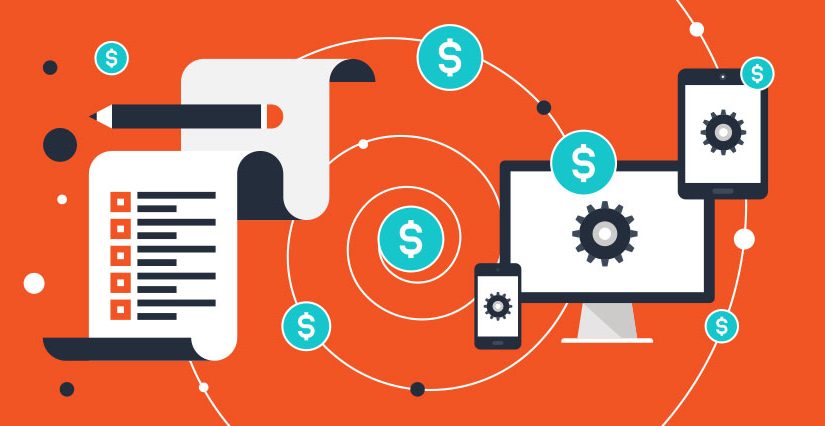If you want something made to your own specifications, it’s going to cost more. This is known as something being “custom”. I know this seems really, really obvious but I can’t tell you how much this has come up in my professional life. Clients can seem routinely baffled when faced with proposed costs for something that they have requested be built custom, whether it’s a software solution or design.
Years ago, I worked at a little frame shop while I put myself through art school. I can remember customers coming in with odd sized artwork that didn’t quite fit in, say, a stock 11” x 14” frame. They would take ages making selections and very, very carefully picking out the exact wood, glass type, and mattes that they wanted for their masterpiece. They would then get upset when they saw the estimated bill. It, naturally, would always cost significantly more than the stock 11” x 14” frame they had chosen not to use. I would try to be helpful and say “well, you could add an uneven matte around it to make it fit, you could trim it down”. Each idea was rejected as they would stress that they really wanted what they had picked out – they just wanted to pay the stock price for it.
Ah, the conundrum of having specific wants and needs and having to pay for them!
Off-The-Shelf means taking it as it is, pretty much…
Years later, I see this drama unfolding regularly with web projects. Clients approach me with a project that, even before the proposal is written, they have firmly decided that they want to go with a specific open source CMS (content managment system). Usually the reason they want to do this is because the software is free or very inexpensive to license. They’ve probably also read good things and gotten some advice from friends and colleagues. Once they begin to outline what they want to do, many times we discover that the CMS they’ve picked doesn’t do quite a bit of what they want it to do. Before long, we’ve generated a laundry list of custom programming. The custom bits end up getting priced out and the client becomes incredulous — “but we are using an off-the-shelf system that’s free!”. Yes, but you wanted every part of it customized and masses of new features that need to be built from scratch. Just like the frame shop, I make suggestions: “You can use the built in image management feature in the CMS instead of the custom one you imagined”. I tell them that we can remove some of the custom functionality. We can have certain features work in the off-the-shelf way that the CMS they chose works. Just like the frame shop story – many suggestions get rejected because the client wants exactly what they want: they just want it cheaper.
Look — there are some great, inexpensive stock solutions out there. There are stock photos, illustrations, web templates, scripts, heck, there are even stock logos out there (which I strongly do not recommend, given that branding by it’s very nature is about creating a unique identity). We work in an age where there are great inexpensive or free content management solutions like Joomla, Drupal, and WordPress that we would have loved to have had back in the early days of web publishing when you had to fork over hundreds of thousands of dollars for a Vignette system. Of course the problem with any stock or off-the-shelf solution is that you have to work with what IT does or how IT looks. Once you start making changes and customizing it, then people have to work on it. It starts to cost money. What many people forget is that someone spent a lot of time on the stock solution too. They make their money by having lots of people buy it as is (and often having people pay them to customize it for them too). Just because you paid $10 for that stock Flash script does NOT mean that the programmer spent 5 minutes on it. If you paid them for the amount of time they actually spent on it, you would see a custom price.
Lessons learned
So, basically it’s a simple lesson that we should all remember. If you want it exactly the way you want it and someone else hasn’t already built it exactly that way — you are going to pay more for it. If you can live with not having everything you want and can find a stock solution that works for you — then it will cost less. If you can remember this simple rule, it can really help you prioritize when deciding between features and budget realities for your next project, whether it’s a website, app or just framing your kid’s latest art project.

